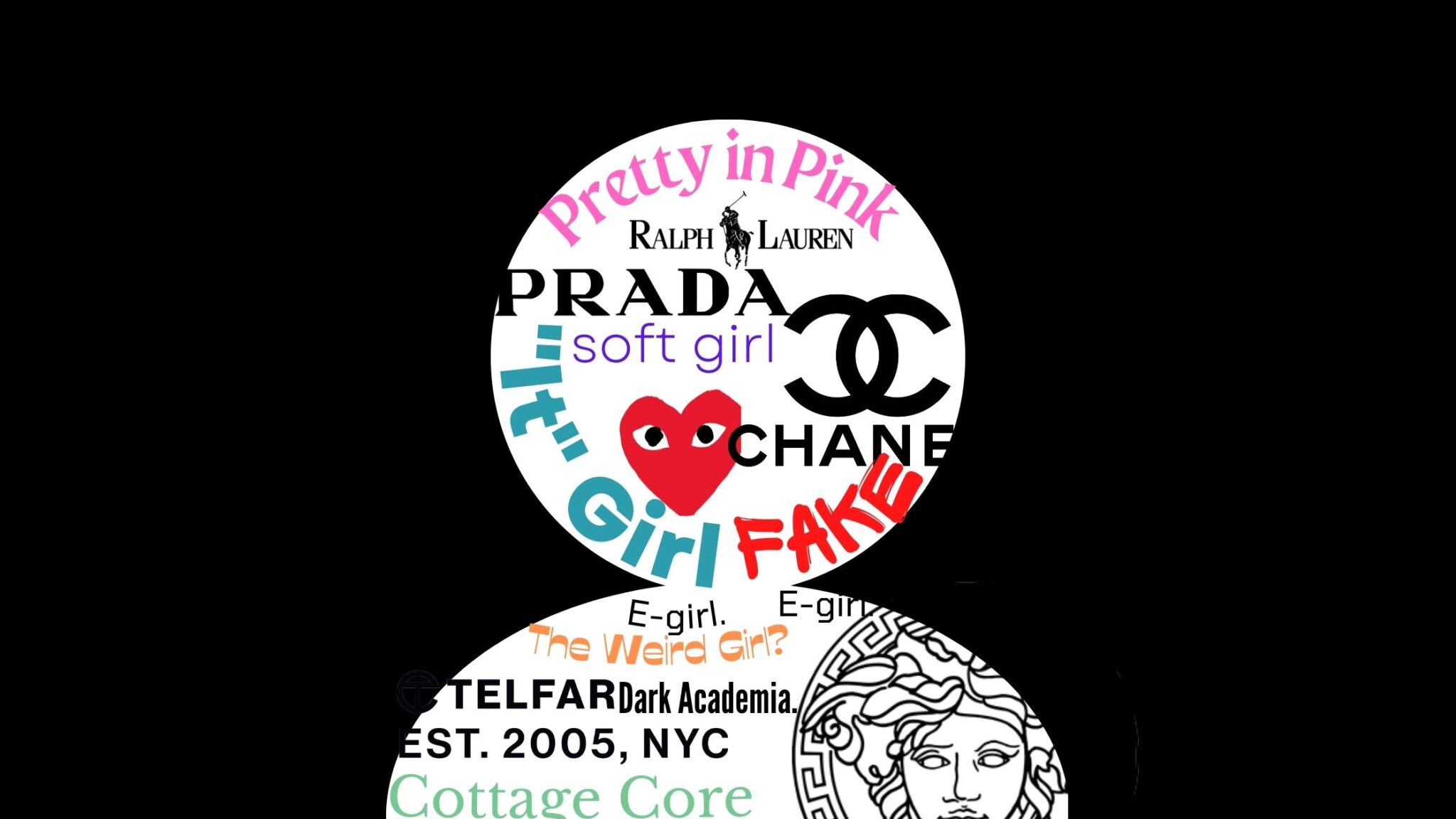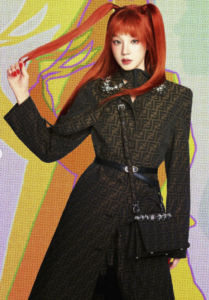GRAPHIC DESIGNER: IMANI EDWARDS
COPY EDITOR: SAMIRA BALSARA, EISHVINDER GILL
Anti-fashion is a subcultural or artistic movement in fashion that deliberately challenges traditional fashion norms and conventions. Pioneers of this movement include Yohji Yamamoto and Rei Kawakubo, who were praised for their deconstructionist and de-centred approach to the garments that they unveiled in Paris during a time when fashion was completely different from the way people dress today. Nowadays, fashion is more of a subjective concept, where you have a large majority of Gen-Z following, grouping themselves into different trends and aesthetics such as ballerina core, weird girl, coquette, and E-girl.
Trend forecasting has also had a huge impact on the way people view fashion. Work Global Style Network (WGSN) a trend forecasting company that was established in 1998, provides trend insights that can be helpful to businesses within the fashion industry for them to appeal to a mass of consumers. WGSN charges a yearly admission of $3,000. WGSN completely changed the way we as consumers view fashion because dressing the way you want is now a trend, and it is something that they and other trend forecasters predict. In doing this, anything that may have been deemed as anti-fashion, has now become a part of the forecast, accessed by all major brands who tailor their upcoming seasons to follow WGSN’s predictions.
All fashion houses seem to have adopted this mentality of “Anti-Fashion”, Maria Grazia Chiuri with her feminist approach to Dior, Glen Martens for Diesel and Jean Paul Gaultier and the late Virgil Abloh for Louis Vuitton and Off-White, are just some of the few examples of creative directors adopting this anti-fashion mindset that was once so coveted and interesting and it is now a mainstream way of dressing.
Although many houses have adopted this mindset, Vetements by Demna Gvasalia seems to be the only fashion house that’s doing anti-fashion now because he’s found a way to completely change the narrative of this concept by taking influence from people who do not care about fashion or their aesthetics, which is one thing that WGSM’s system does not account for.
Anti-fashion had to completely change its narrative because the original version of anti-fashion is now deemed as “cool” and “aesthetic”. However, Gvasalia’s designs often feature a focus on functionality and practicality, challenging the traditional notion that fashion must be uncomfortable and unwearable. This notion goes back to the original founding fathers of anti-fashion (Yamamoto and Kawakubo) who made things that had a shock value element, and Vetements selling a screen-printed hoodie valued at $1300, is anything but unshocking. His inspiration for a lot of his work (including his work for Balenciaga) has to do with the fact that he is a war refugee from Georgia. This approach has made his designs popular among both fashion insiders and the general public, who appreciate the practicality and wearability of his pieces. One of Gvasalia’s most notable contributions to the fashion industry has been his subversion of high-end luxury fashion. He takes iconic luxury items and reinterprets them in a new and often humorous way (i.e. the famous DHL shirts), creating unexpected pieces that are both recognizable and completely new.
Gvasalia has also had a major impact on streetwear, embracing fashion detritus and bringing a high-fashion edge to the often casual and laid-back style. He has incorporated streetwear elements into his designs, such as oversized graphic tees and oversized hoodies, and has pushed the boundaries of what is considered acceptable in high-end fashion.
In addition to his impact on fashion, Gvasalia has also been noted for his controversial and often provocative designs. His designs have sparked discussions and debates about the role of fashion in society, and have pushed the boundaries of what is considered acceptable in fashion.
Gvasalia’s influence shows that anti-fashion is not dead and that fashion in itself, is forever evolving. Gvasalia is subverting traditional luxury fashion and bringing a fresh perspective to the fashion industry.
























